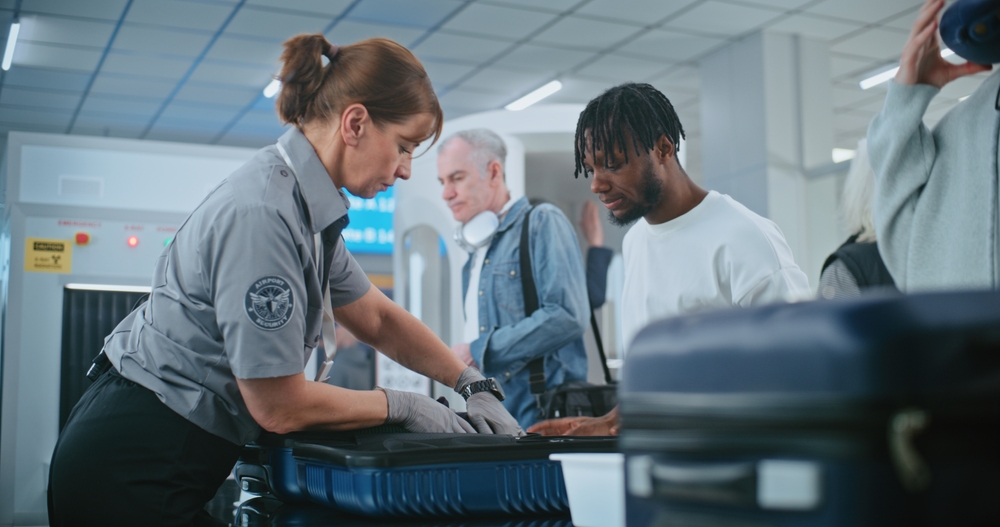Airport security is one of the most stressful parts of air travel. TSA agents see the same avoidable mistakes every day, and they’re not just frustrating for them but for fellow travelers too. Long lines, last-minute scrambling, and security delays can all add unnecessary tension to your trip. Thankfully, with smart accessories and a little planning, you can avoid the most common pitfalls. Here are 13 habits that TSA agents say slow things down, along with practical solutions to make your next airport experience smoother.
1. Wearing Laced Shoes

TSA agents prefer slip-on shoes because they help passengers get through security faster. Complicated laces slow the line and often lead to unnecessary fumbling, especially if you’re juggling bags. In busy airports, even a few seconds per passenger can add up to long delays.
Solution: Opt for slip-on sneakers or travel loafers that are easy to take off and put back on quickly. You’ll get through security with less hassle and no fumbling at the bins.
2. Bulky Metal Belt Buckles

Large metal buckles often trigger scanners, forcing passengers to remove belts entirely. This slows down the line and can be particularly inconvenient if you have to hold up your pants afterward. TSA agents also have to rescan you, creating a backup for everyone.
Solution: Wear elastic-waist travel pants or use a fabric belt without metal components. It’ll save time and eliminate unnecessary alarms.
3. Forgetting to Empty Pockets
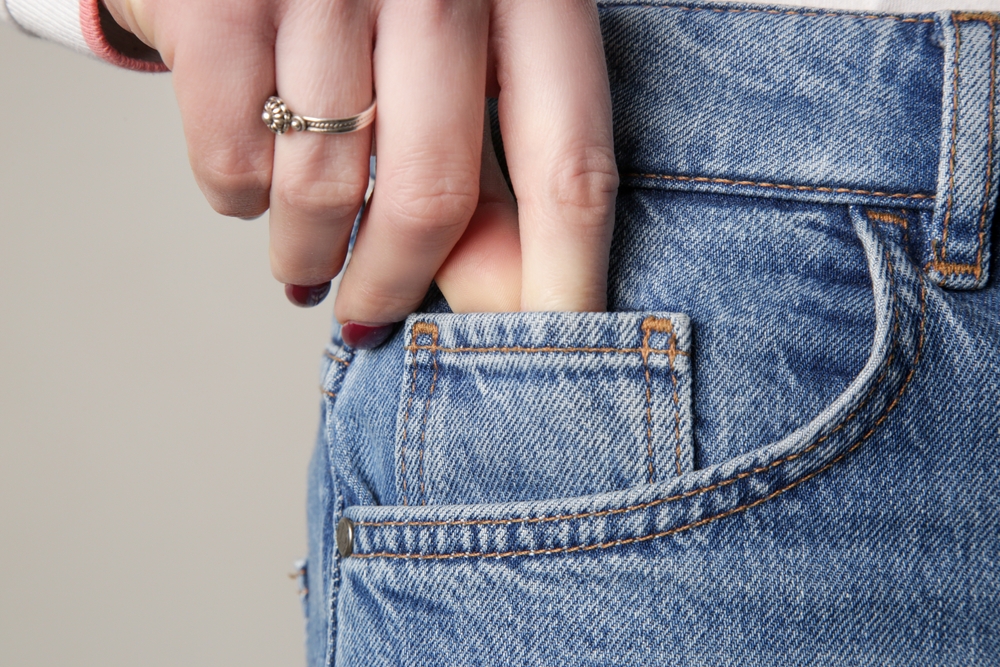
Leaving coins, keys, or phones in your pockets triggers alarms and causes extra pat-downs. This not only delays your screening but also holds up others behind you. TSA agents consistently remind travelers to check their pockets, yet many still forget.
Solution: Use a compact belt bag or pouch to store your pocket contents before entering the security line. Empty pockets = faster screening.
4. Packing Knives and Prohibited Sharp Objects
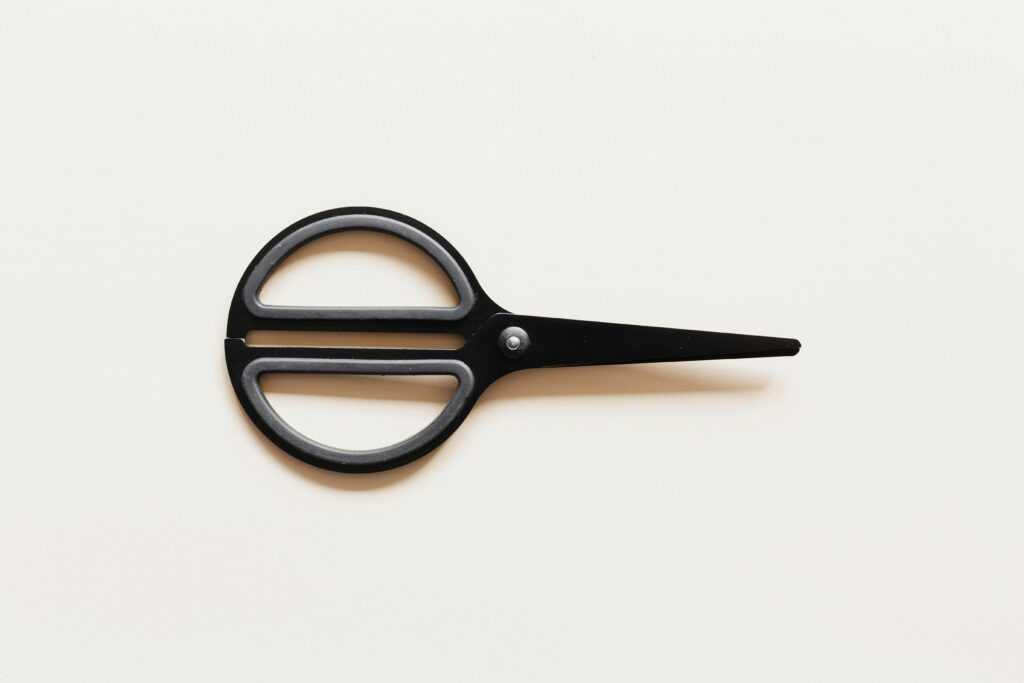
Pocket knives, multitools, and sharp scissors are still a common problem despite repeated warnings. TSA is required to confiscate them, which slows the inspection process and may result in you losing valuable items. Some passengers even try to argue about the rules, wasting more time.
Solution: Only carry TSA-compliant tools if necessary, like a key-shaped multitool. Otherwise, pack all sharp objects in your checked luggage.
Read More: 12 Smart Tricks to Survive Long Flights in Economy Class
5. Wearing Hard-to-Remove Jewelry or Accessories

Chunky jewelry, big watches, decorative belts, or metallic hair clips often trigger metal detectors. These items not only cause delays but may require extra screening and removal. It’s especially frustrating when travelers forget they’re wearing something metallic.
Solution: Limit metal accessories or pack them in a zippered pouch in your carry-on. For religious or cultural items, inform TSA agents ahead of time. They’ll accommodate alternative screening when needed. Travel wallets or anti-theft pouches also help secure these items until after security.
6. Using Laptops Not in Their Own Sleeve
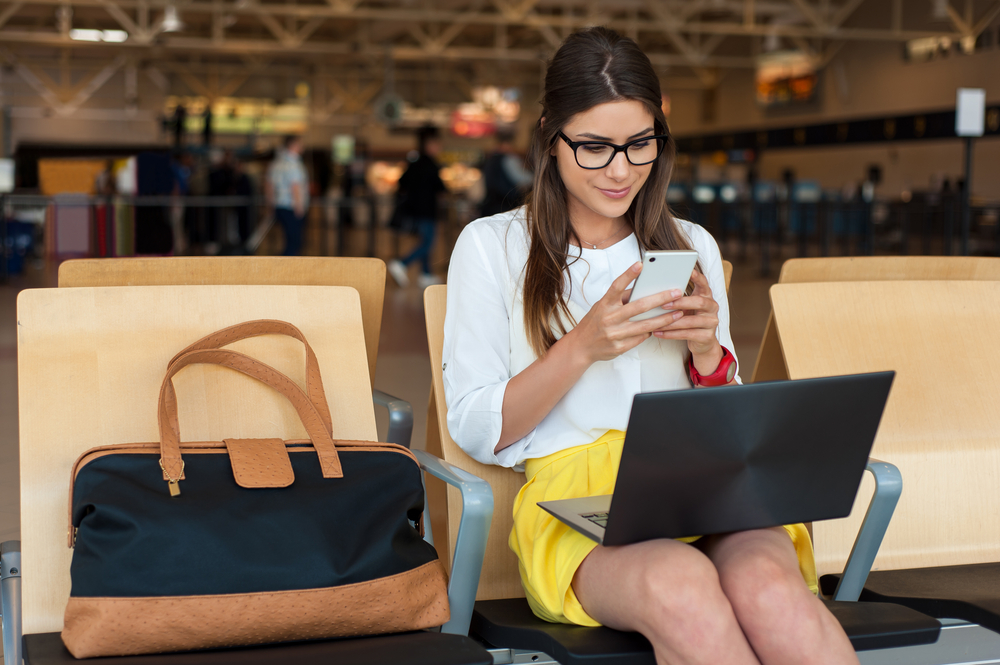
Laptops buried deep in your bag frustrate TSA agents and waste time during inspection. You’re often asked to remove them and place them in a separate bin, which becomes challenging if they’re packed under clothing or other items. This leads to line slowdowns and re-sorting your belongings afterward.
Solution: Use a TSA-friendly backpack with a dedicated laptop sleeve that lays flat or offers quick access. If using a regular backpack, keep your device near the top. Pro tip: store chargers in a separate labeled pouch.
7. Overfilled Toiletry Bags
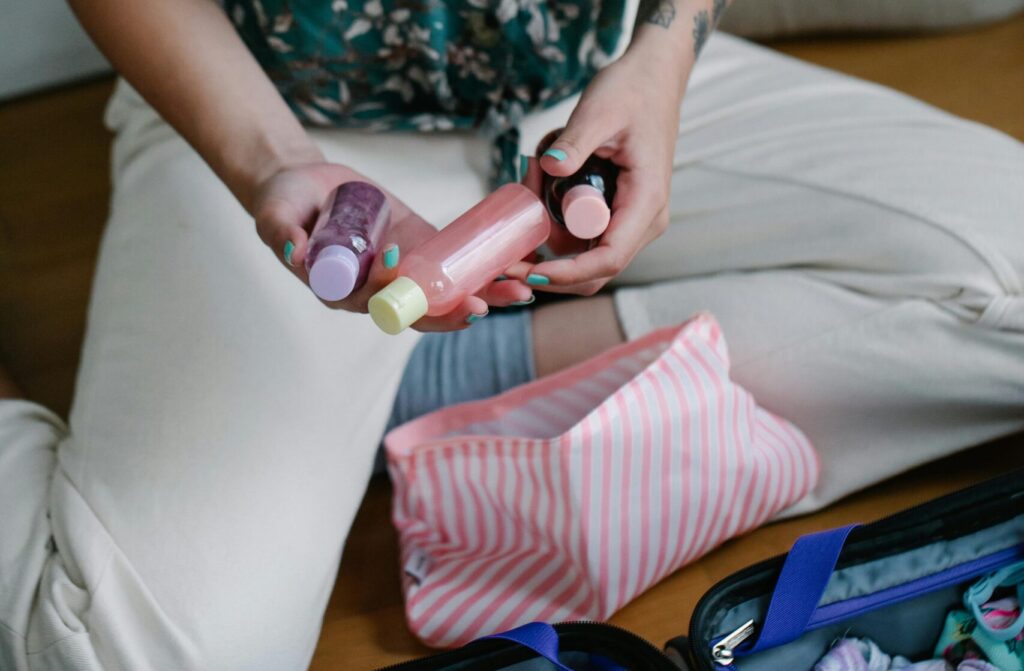
Bulky or opaque toiletry bags slow inspections and violate the 3-1-1 rule. When TSA agents can’t clearly see your liquids, they may need to open and inspect your bag. This takes extra time and could lead to items being tossed.
Solution: Stick to a TSA-approved, transparent quart-sized pouch. Pre-measure liquids under 3.4 oz and seal them properly. This keeps you compliant and zips you through faster.
8. Using Non-TSA Locks on Luggage
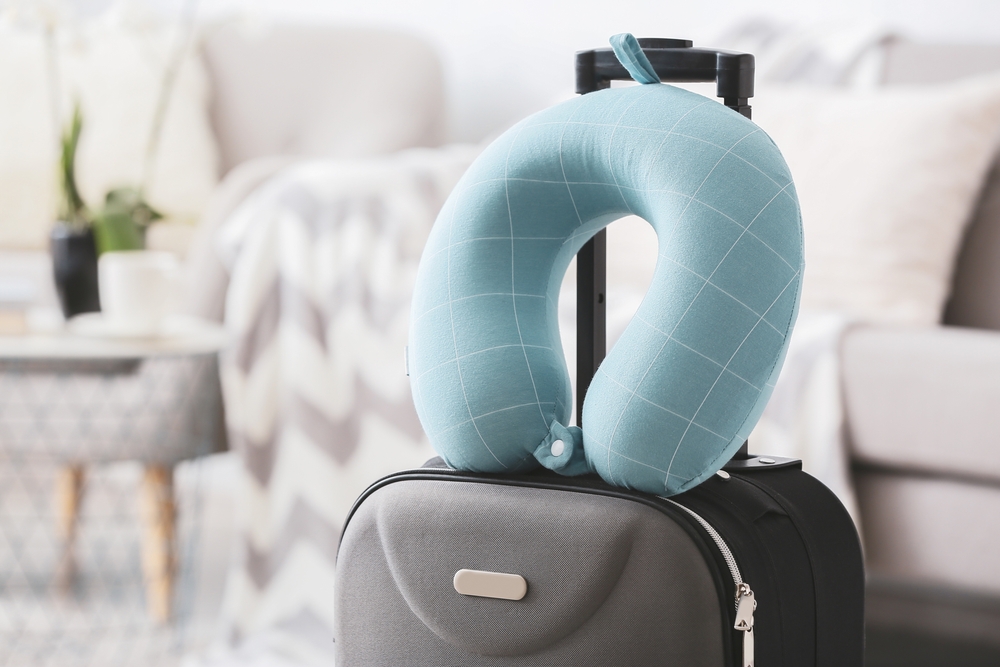
Standard locks that can’t be opened by TSA get cut off, potentially damaging your bag. Many travelers don’t realize that TSA has master keys for approved locks only. When they encounter a standard lock, they’re forced to break it open for inspection.
Solution: Use TSA-approved locks, which are marked with a red diamond. These can be opened by agents using a master key. Many hard-shell suitcases now come with built-in TSA locks, a worthy investment.
9. Charging Devices with Public USB Ports
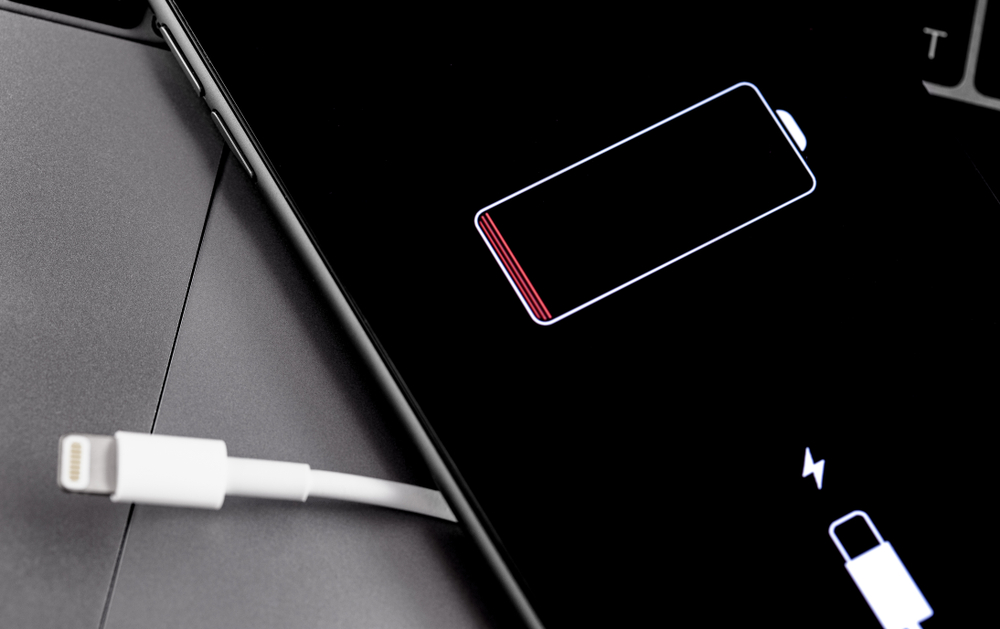
TSA and cybersecurity experts warn against using public USB charging stations due to malware risks. These can be exploited to install tracking software or steal data from your device. It’s a modern risk many travelers overlook. Solution: Bring your own portable charger or a USB data blocker. Battery packs are compact, powerful, and much safer than airport ports.
Read More: 44 Items Frequent Flyers Never Board Without
10. Serving Food in Carry-Ons Without Proper Packaging

Unsealed powders, sauces, or homemade blends often lead to bag checks and delays. TSA needs to clearly see what food items you’re carrying to ensure safety. Loose or messy items can raise concerns and may be thrown away.
Solution: Place food items in sealed containers under 3.4 oz, and store them in your liquids bag or a clear food-safe pouch. Label items when possible to avoid confusion.
11. Taking Socks Off
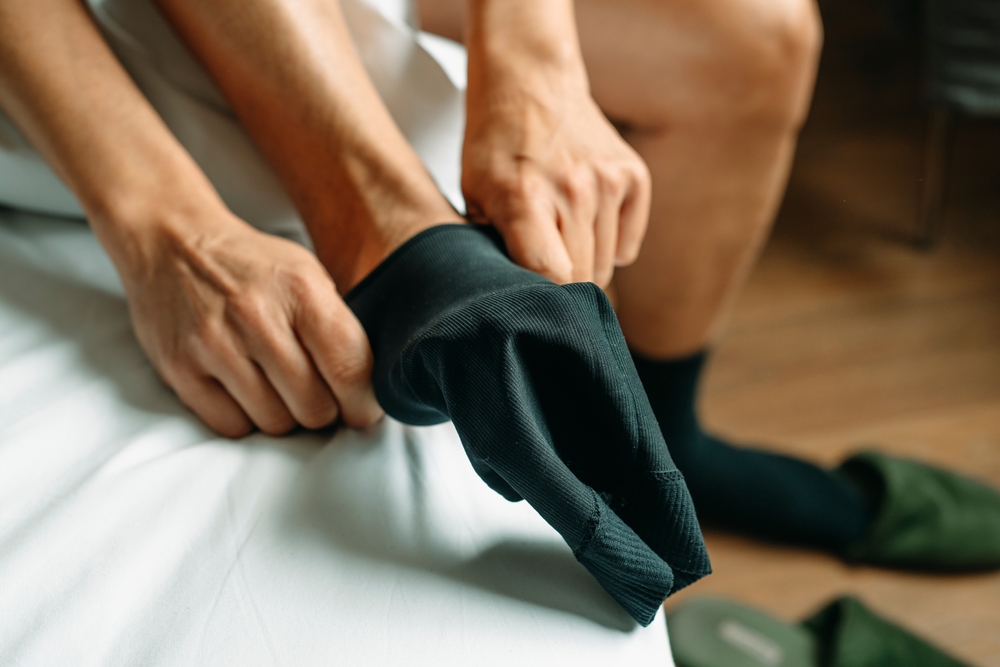
Walking barefoot through security is unsanitary and frowned upon by TSA and fellow travelers alike. The floor is shared by thousands of passengers daily, and it’s not regularly cleaned between travelers. Bare feet can also pose hygiene concerns in case of open wounds or skin conditions.
Solution: Always travel with socks, even if you’re wearing sandals. Compression or travel socks are lightweight and hygienic. Keep a spare pair in your carry-on for quick changes.
12. Taking Photos at Security Bins
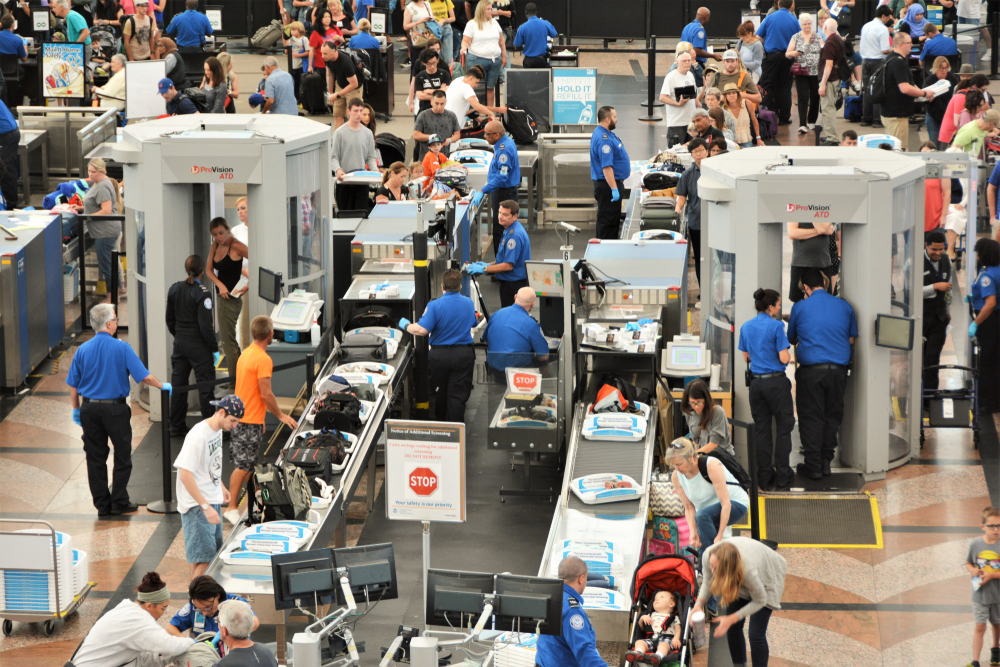
Security checkpoints are not the place for selfies or tray-staging. It disrupts flow and raises safety concerns, as photography in security areas is often discouraged or prohibited. Agents may stop you, delaying your screening and others’.
Solution: Avoid using your phone or taking photos at security. Respect the space and wait until you’re in a non-secure area to capture travel memories.
13. Not Listening to Instructions or Prepping Last Minute
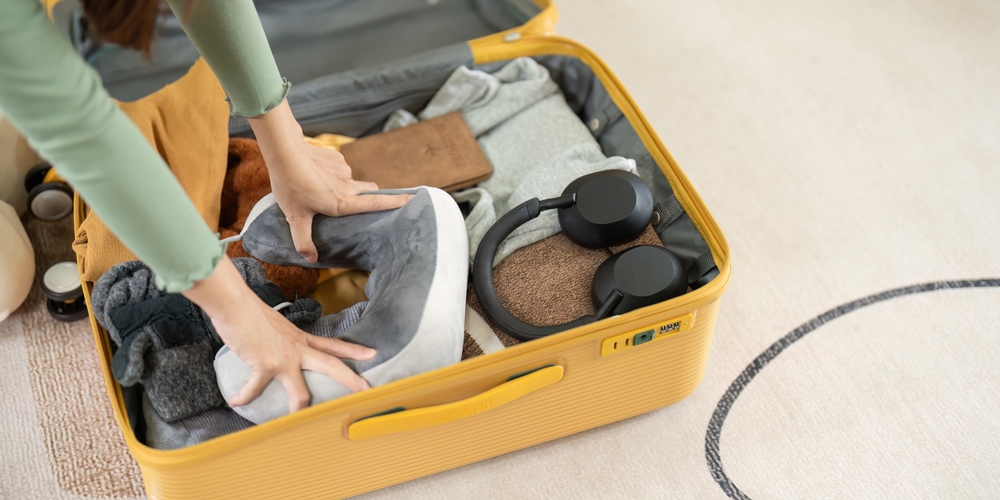
Scrambling last minute or ignoring instructions slows the line and frustrates agents. It creates chaos and confusion, especially when passengers don’t remove laptops, liquids, or jackets in advance. Some travelers get flustered and forget important steps, leading to additional scans.
Solution: Pay attention to posted signs and TSA instructions. Remove belts, jackets, shoes, and laptops before reaching the scanner. Being prepared helps everyone get through faster.
Why These Small Fixes Matter
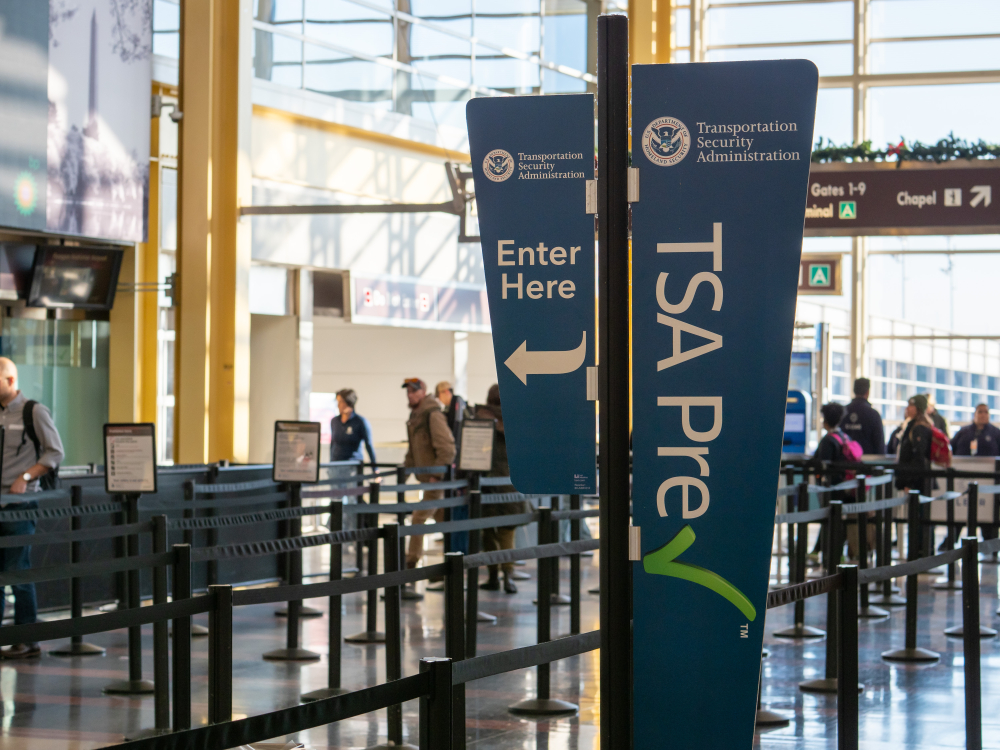
A smoother security experience benefits everyone, from agents to fellow travelers. When each person does their part, it helps keep lines moving and stress levels down. Even one misstep like leaving a phone in your pocket or forgetting your laptop can create ripple effects that slow down an entire line. TSA officers are there to keep you safe, and cooperating with a little forethought can make their job and your trip far easier.
Final Thoughts

Avoid habits that frustrate TSA agents by preparing ahead. Slip-on shoes, TSA-approved locks, clear toiletry bags, and accessible tech compartments are all simple upgrades. Combine that with mindful behavior like listening to instructions and staying organized, and you’ll breeze through security with ease. Safe travels!
Disclaimer: This article was created with AI assistance and edited by a human for accuracy and clarity.
